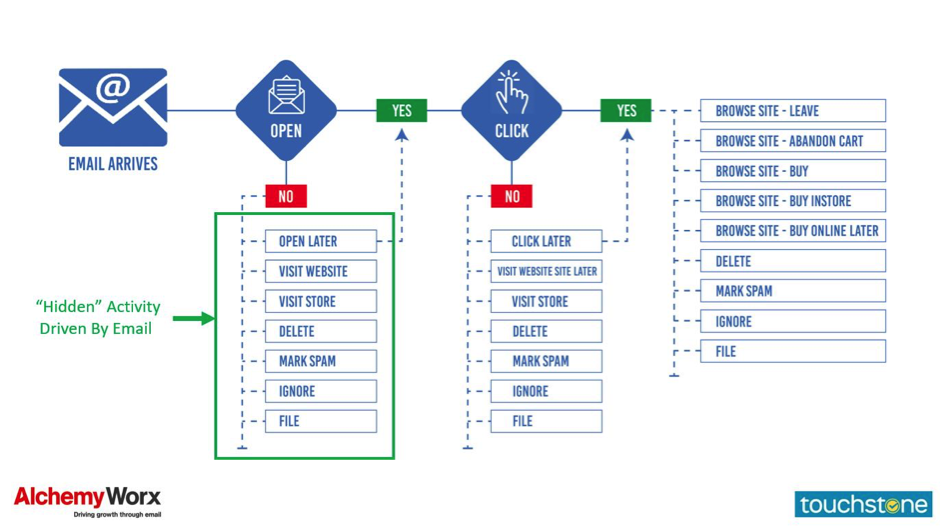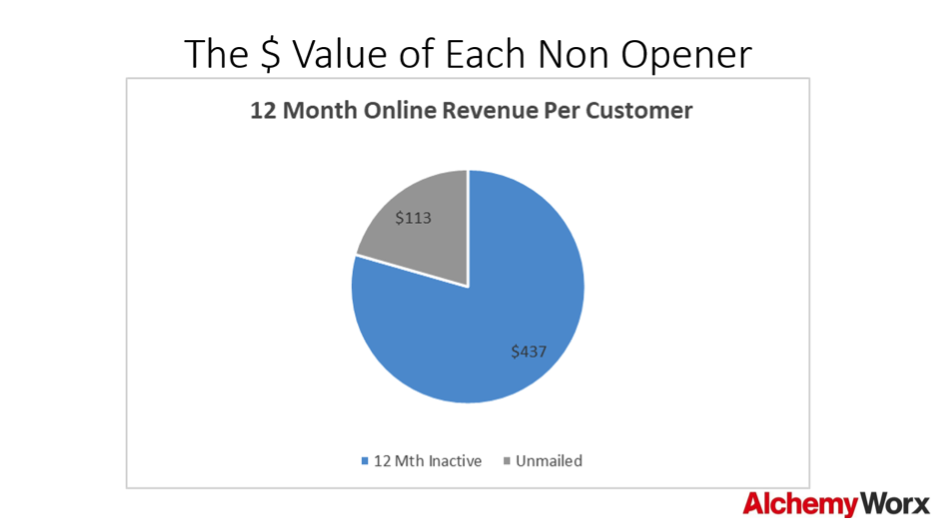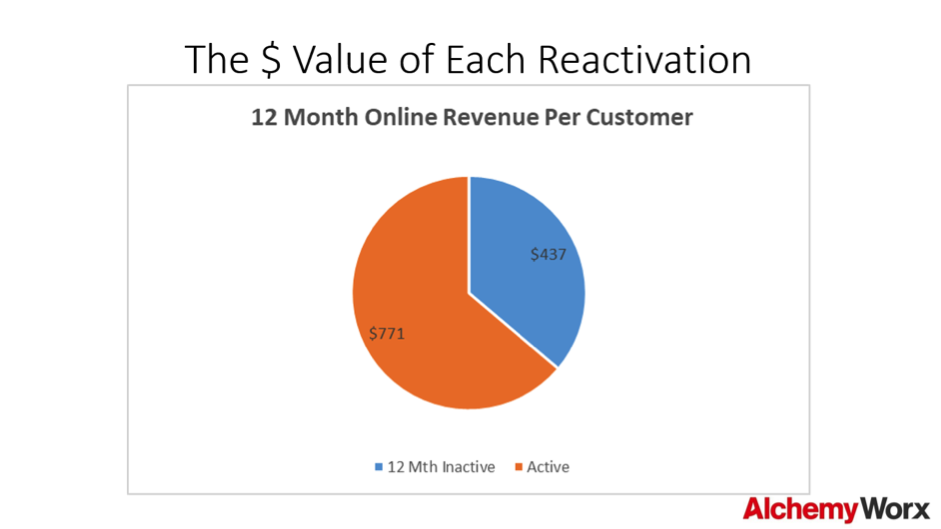Case Study: What is an Email Address Worth and How to Increase Its Value by 176%
The ability to measure engagement using open rates click rates make email the most measurable digital channel, yet most marketers struggle to prove the value of email an email address to their organization. As a result, email is the most consistently underrated digital marketing channel.
Paradoxically the main reason marketers find email so difficult to value is in fact the emphasis marketers attach to email opens and use of open rates as a KPI. The truth however is an open doesn’t necessarily tell a marketer anything. An email received by a subscriber does not have to be opened to generate a sale or visit to your website or store. Evidence from the UK DMA’s 2018 Consumer Tracking report shows 35% of respondents mentioned “visit the company’s website via another route” as a likely response to an interesting email. One in five (21%) said a likely response would be “visit the shop or retail outlet.
The point to remember as you can see from the graphic below, none of those actions actually require you to open the email.

Assuming your average open rate is 10% this means 10 times as many people read the subject line as read the content of your email. To paraphrase the great David Ogilvy, your subject lines are delivering 90% of your email marketing dollar. More importantly your long-term email non openers perceived by many to be inactive or non-responsive to email may very well be transacting via other channels – driven by the subject lines of the emails they receive.
Which begs an obvious question. How do you assign a value to an email address if the person behind it does not open any email for an extended period of time? The answer, is follow the money!
The case study on how to prove the $ value of an inactive email I am about to share contains anonymized data from an ecommerce client of Alchemy Worx involved in the technology sector.
To begin with we separated their customers into those that had opted to receive email (61.1% of their customer base) and those that had either opted out or never opted in to their email program (38.9% of their customer base) and calculated the average online revenue per customer for the last 12 months.
This shows that the dollar value for each customer that received email was $625 for the year compared with $113 for each customer that did not receive any email. A customer that received email spent on astonishing 550% more a year with them on average than those that did not.
We then analyzed the purchase behavior of subscribers that received email to separate out the 12-month Actives (56.4% of their list) from the 12-month Inactives (43.6% of their list).

Here the dollar value for each customer that did not open a single email in 12 months was $437 for the year. This meant that their inactive subscribers spent 386% more than those that did not receive email.
The best finding of all was how important it is to spend time and effort on reactivation.

Customers that had opened email during the year spent $771 that is 176% ($334) more than the inactives and 682% more than customers who did not receive any email.
There are two key learnings to take from this case study.
The first is how valuable your inactives are and the second is how important it is to spend time and effort on reactivation
Start by identifying your inactive subscribers, but don’t remove them from your list, though as the data proves an inactive subscriber is a way better customer than a non-subscriber. What we recommend is to treat the your inactives as a separate, high value segment in the same way as you would your frequent purchasers or 30-day buyers.
Finally, when it comes to re activating dormant subscribers nothing beats the subject line it is the only thing every subscriber will see, so here are some additional resources to help you turn your inactives into openers and double your money.
Zen & The Art of Subject Line Testing white paper
Subject Line Testing: One Golden Rule + Ten things you should regularly test
Subject Line Testing – why more is more

 How to resolve AdBlock issue?
How to resolve AdBlock issue? 
 Dela Quist, is CMO of Alchemy Worx, the largest email marketing agency. He is a highly
Dela Quist, is CMO of Alchemy Worx, the largest email marketing agency. He is a highly